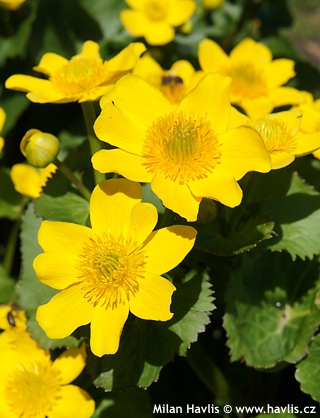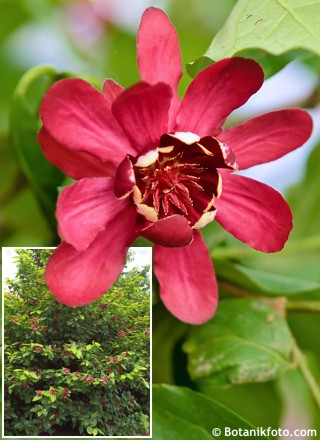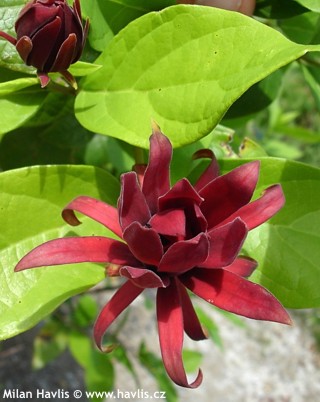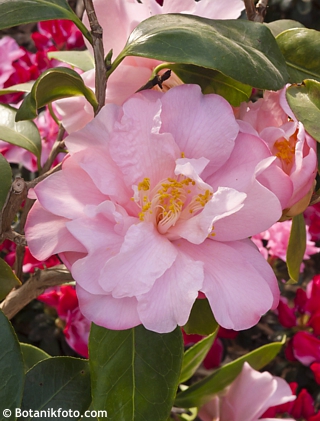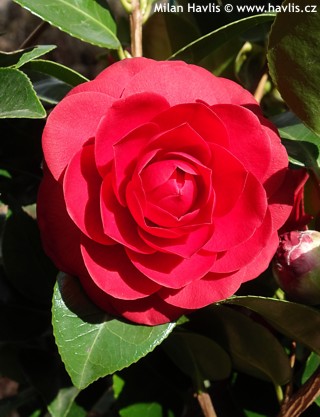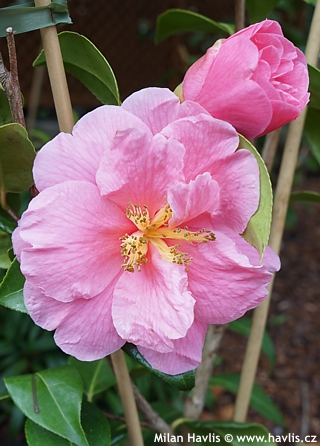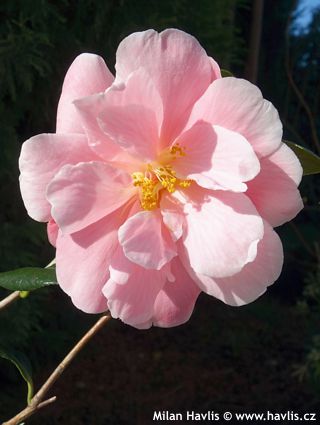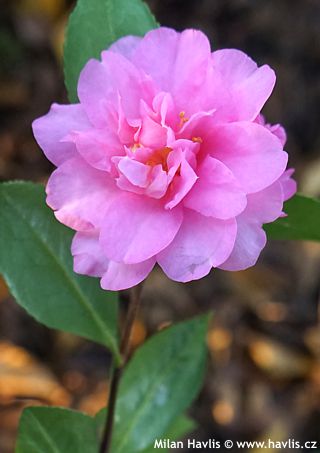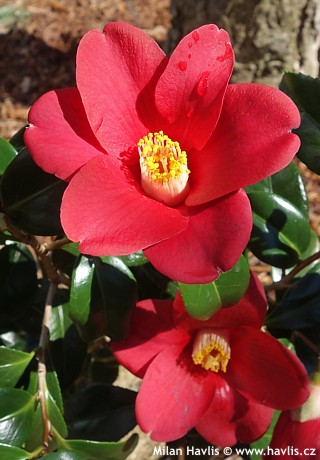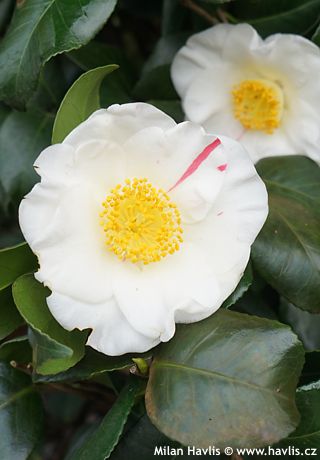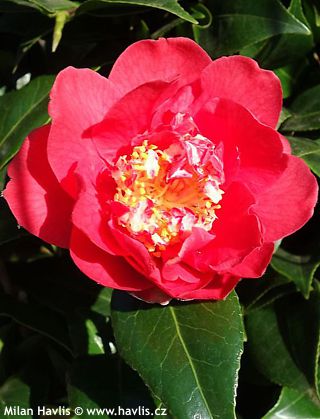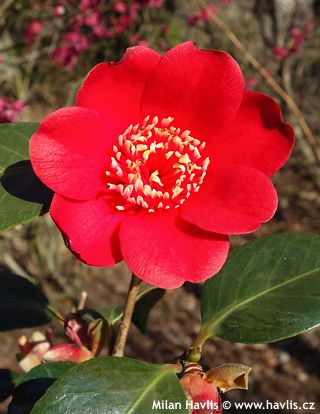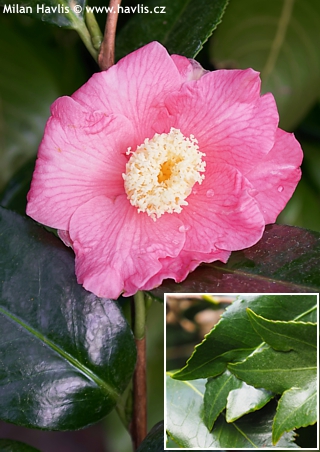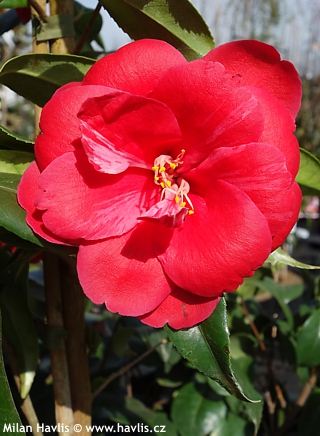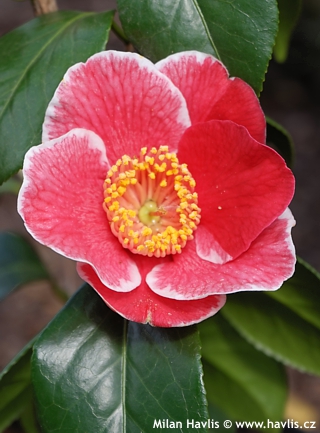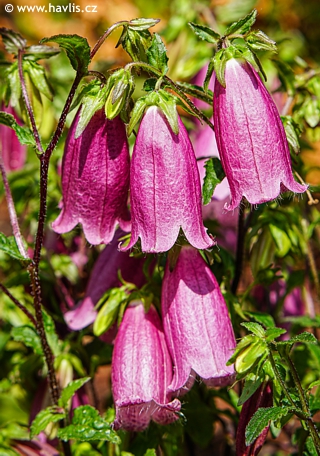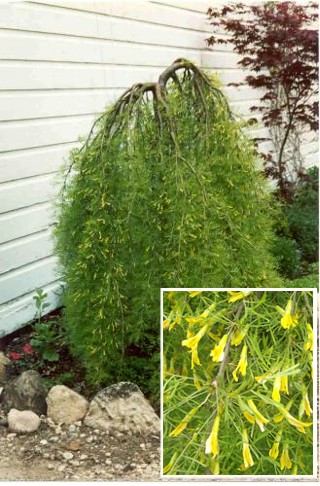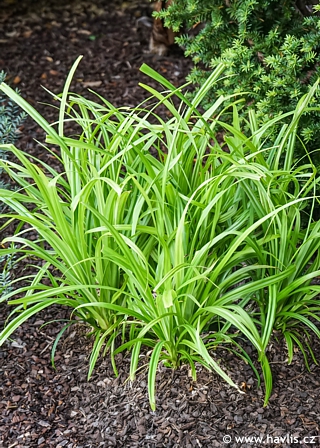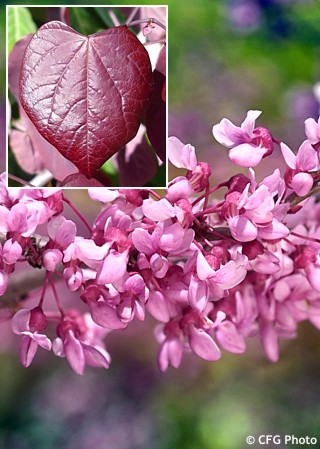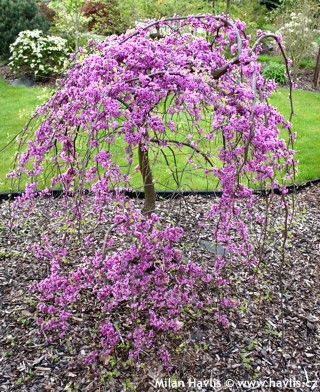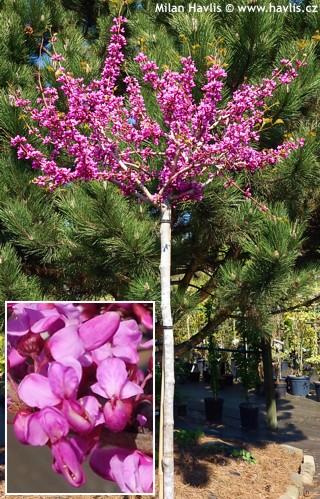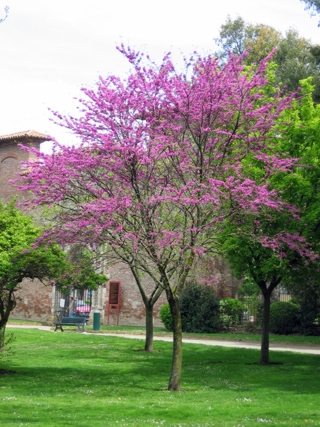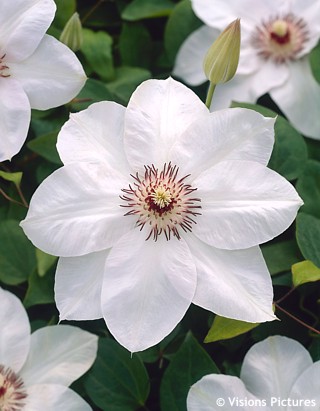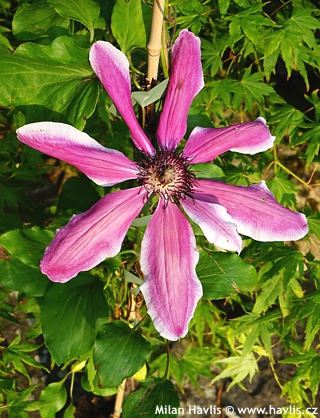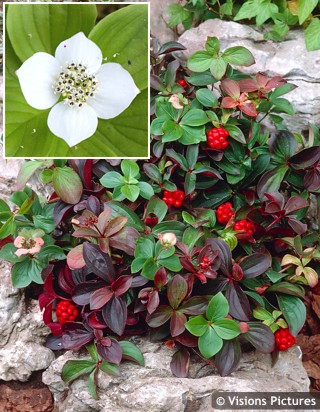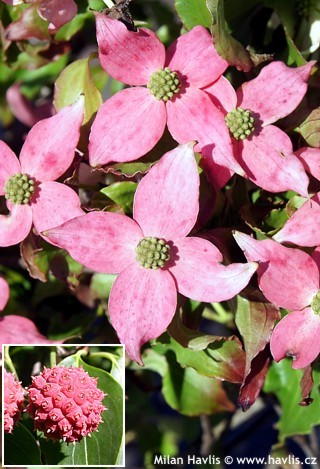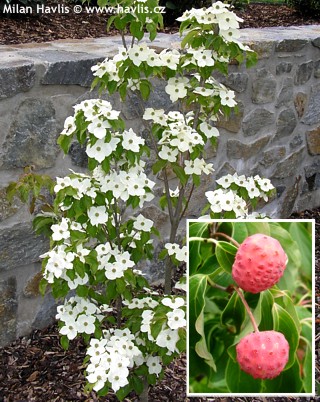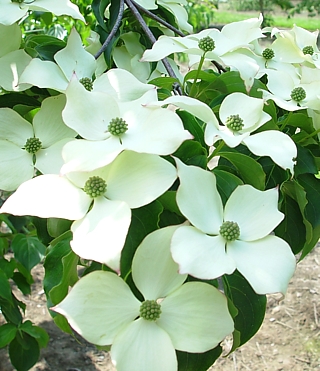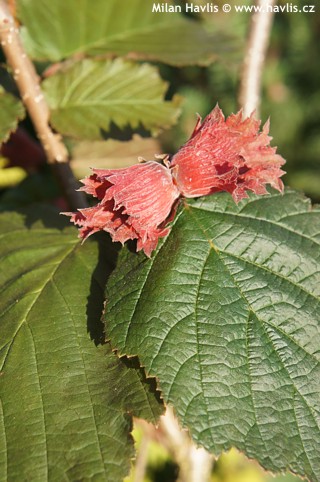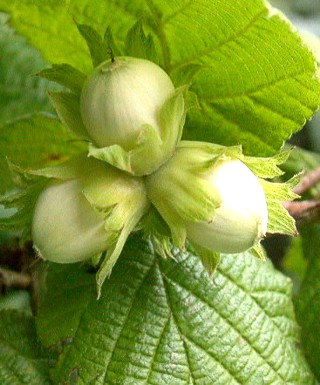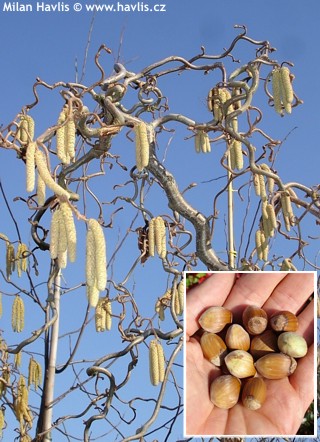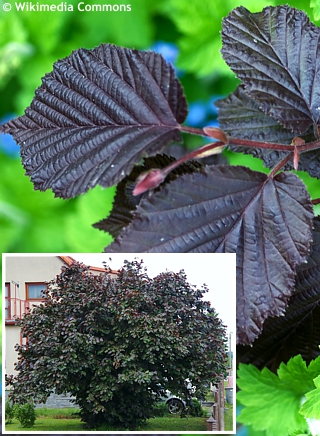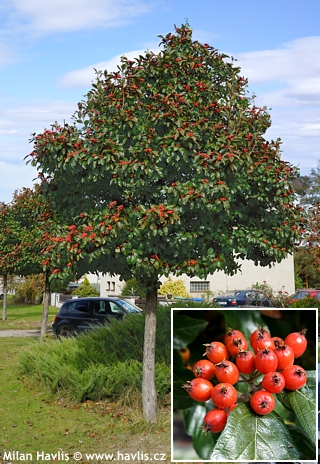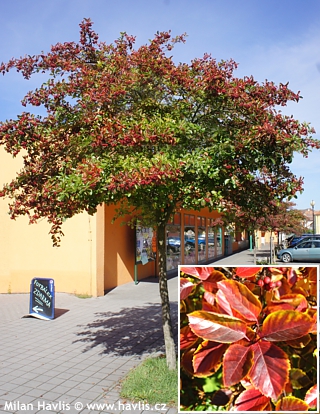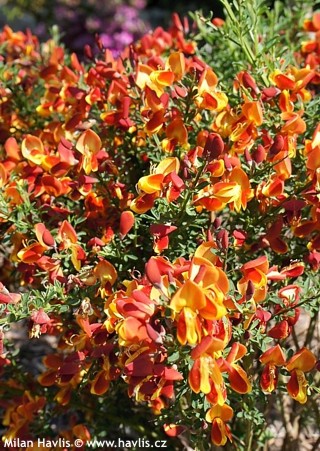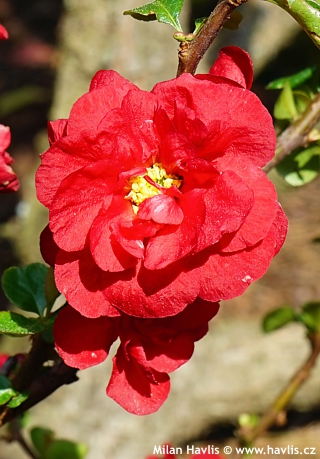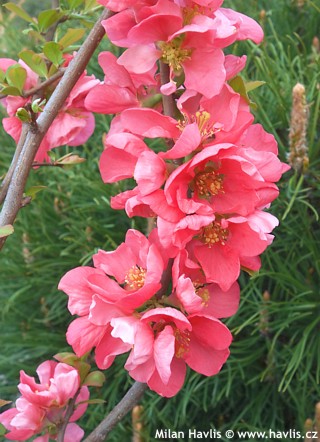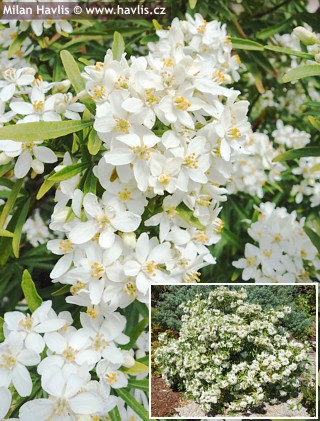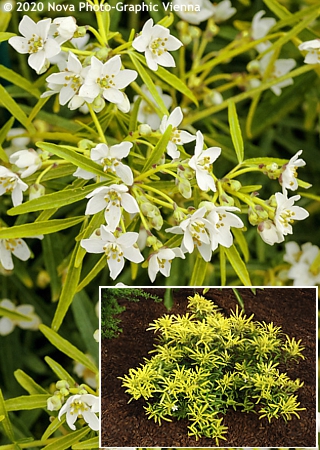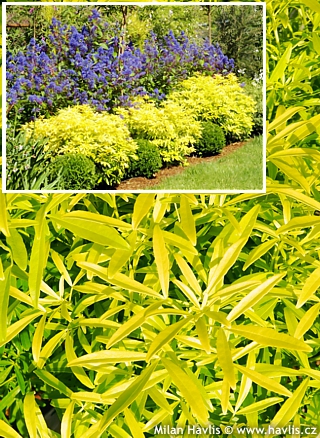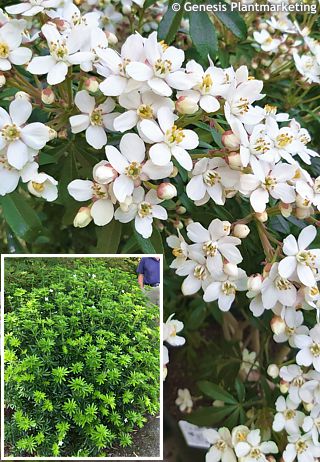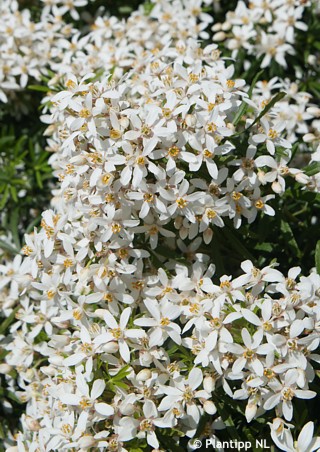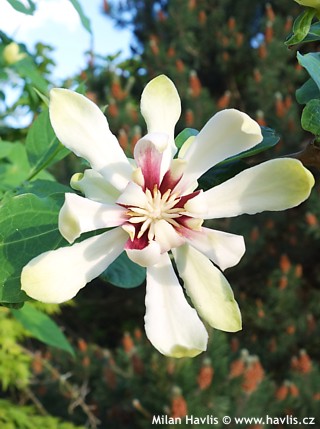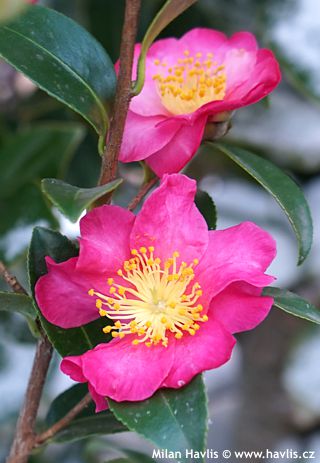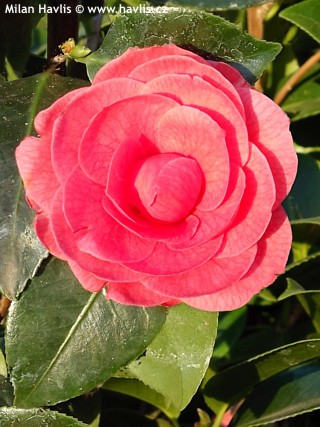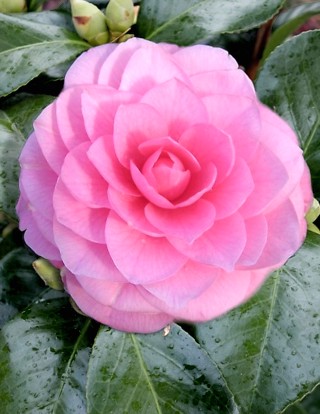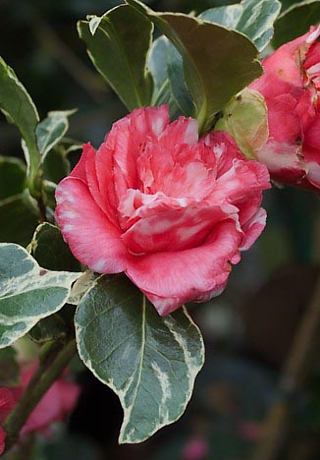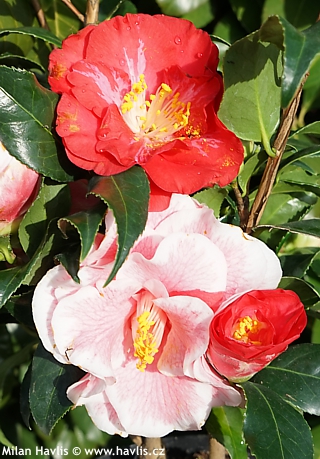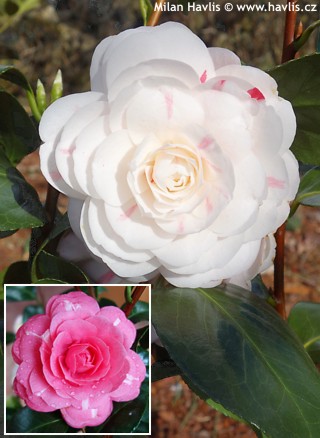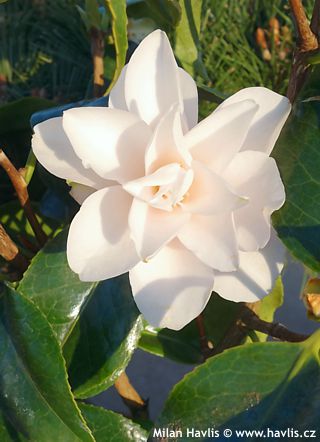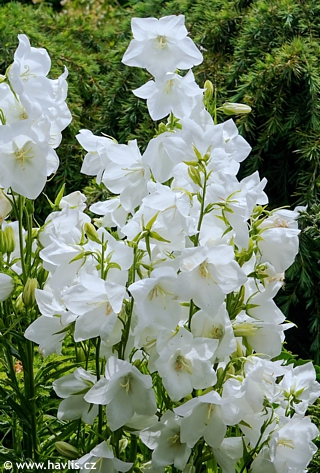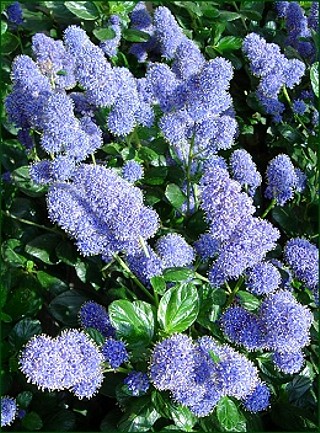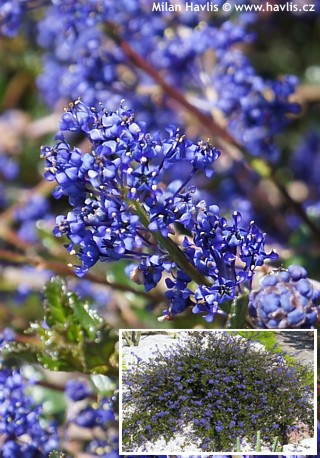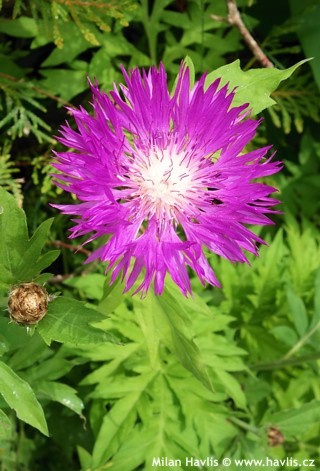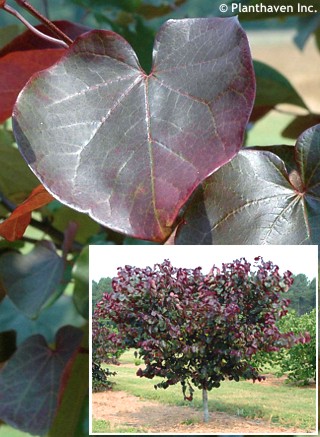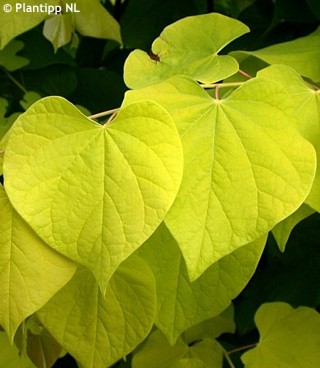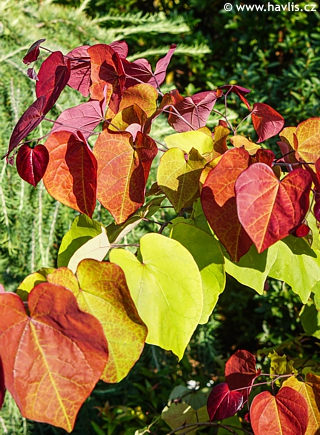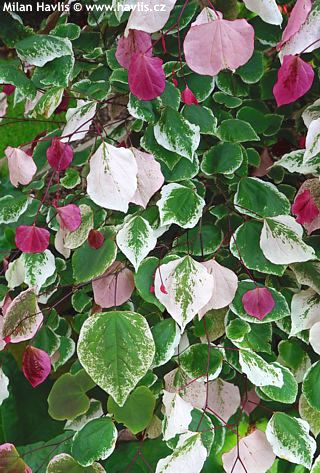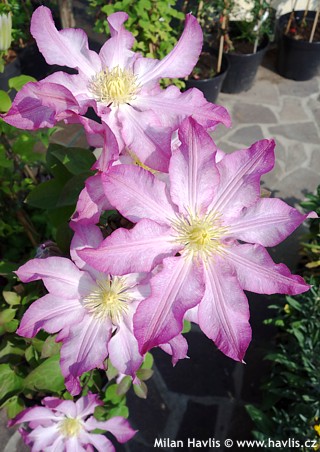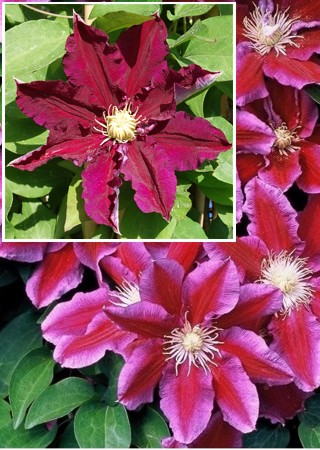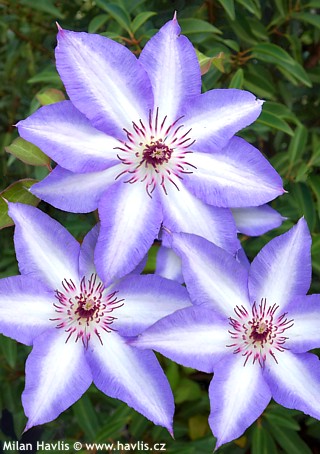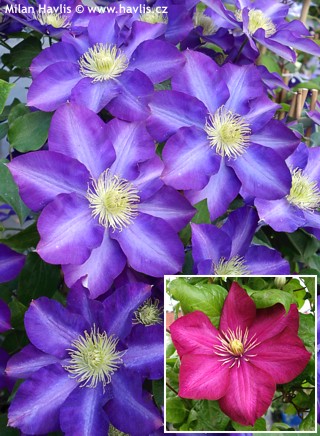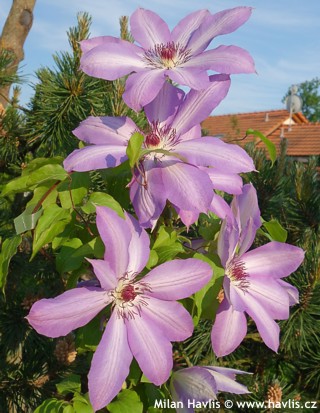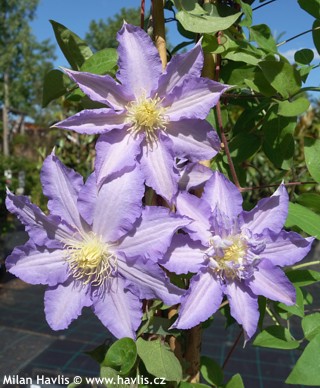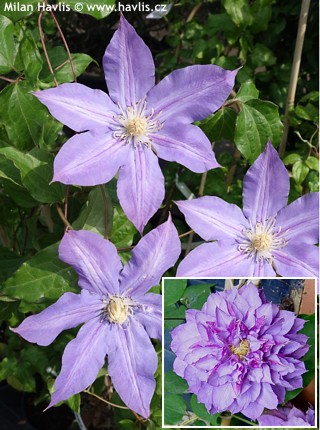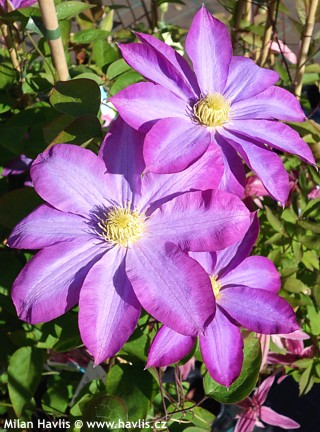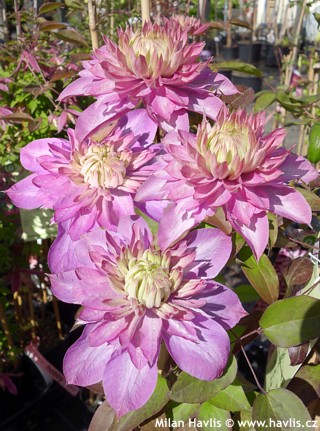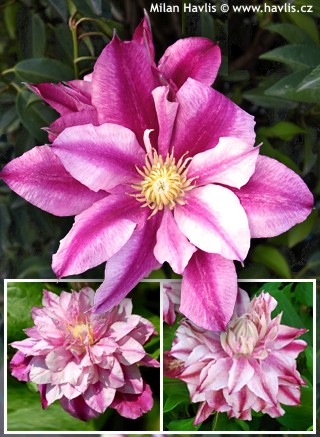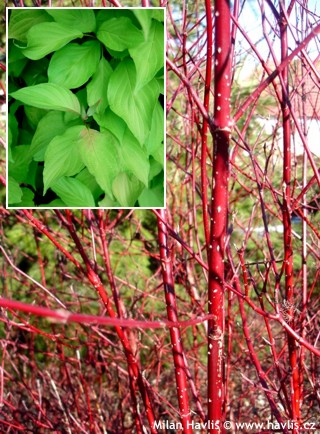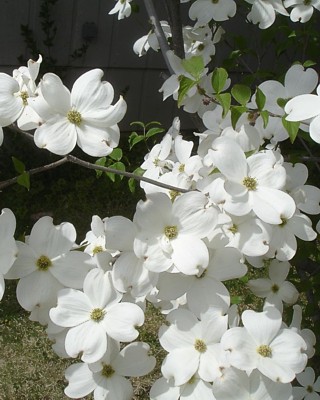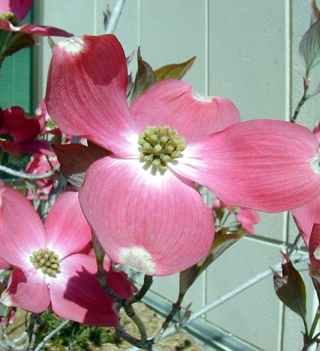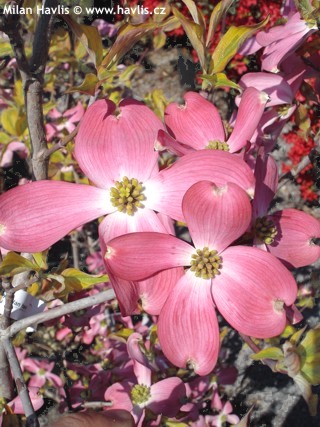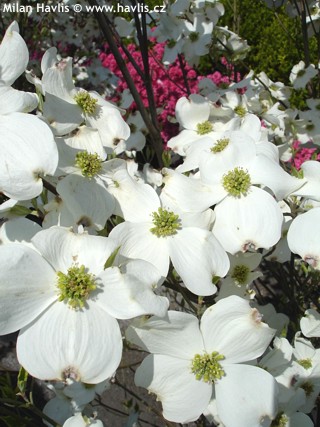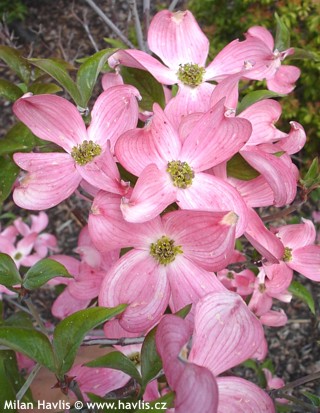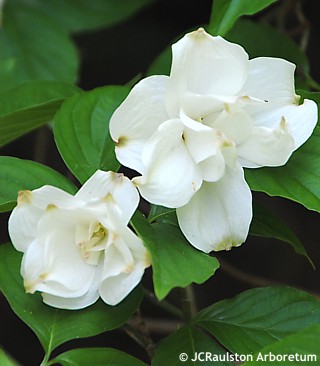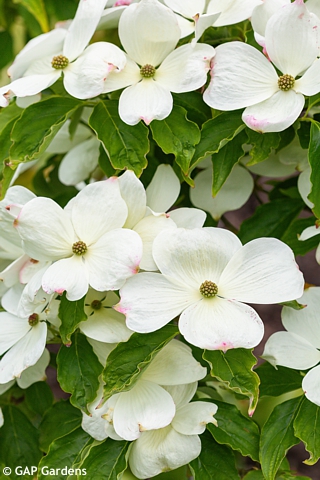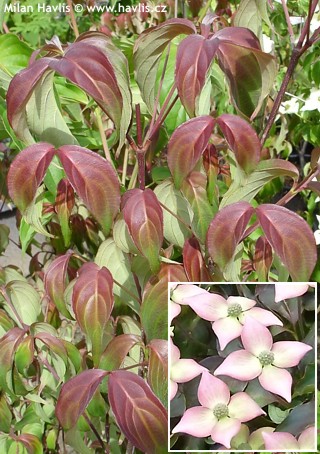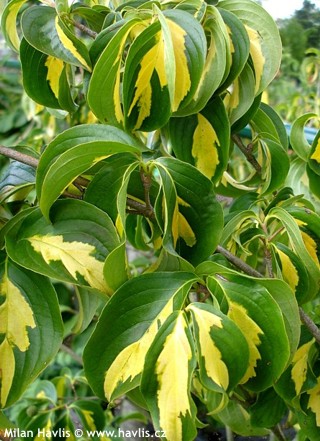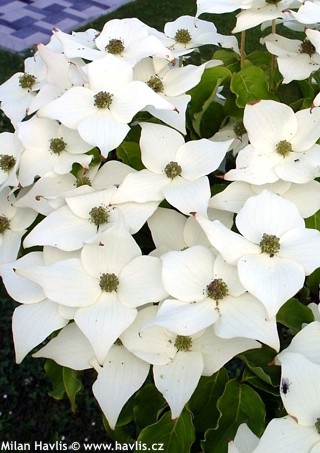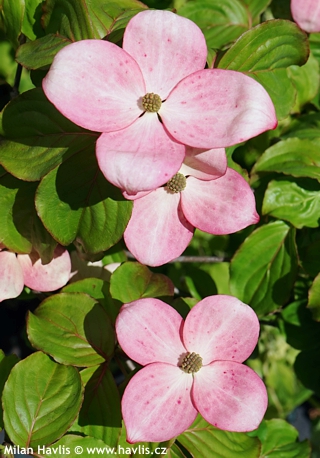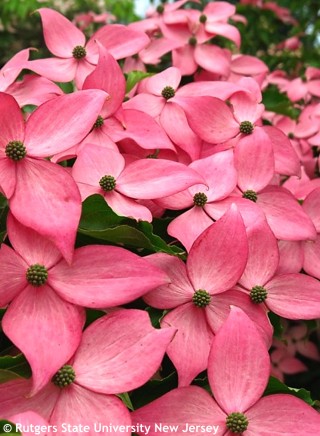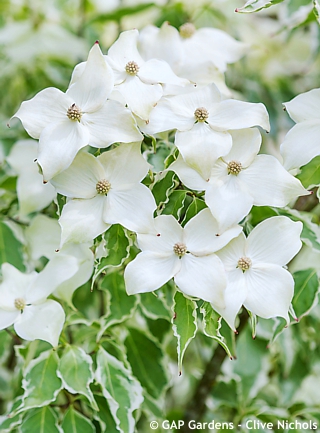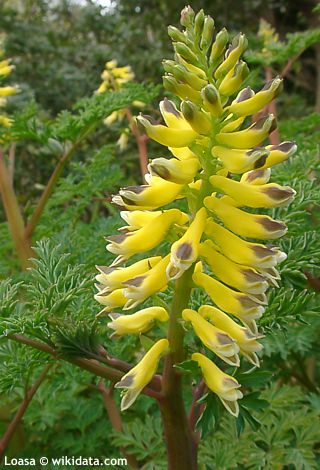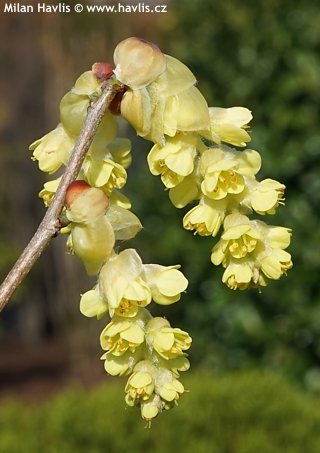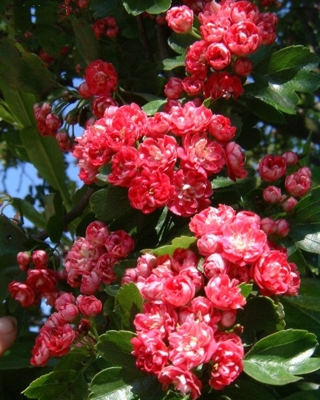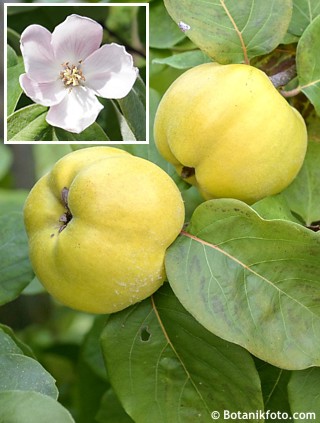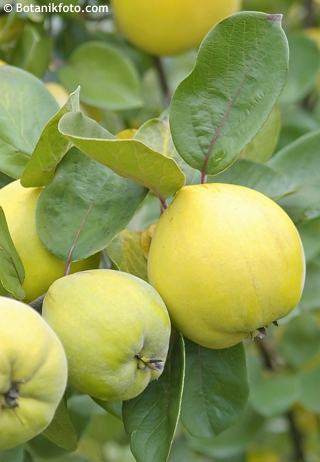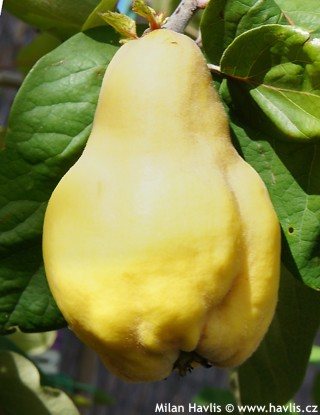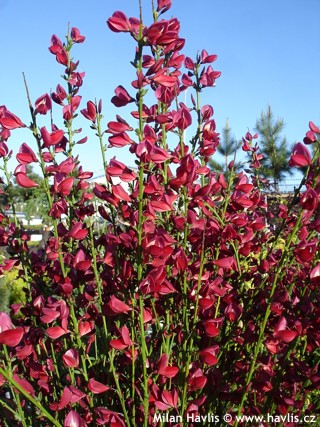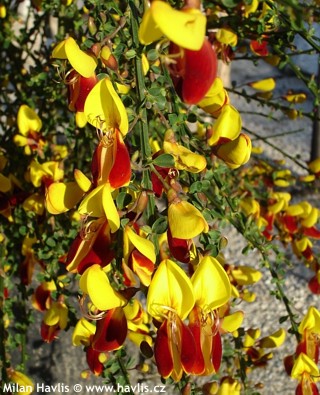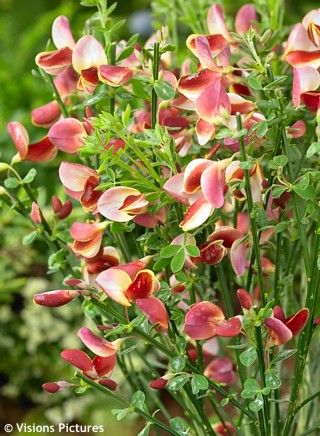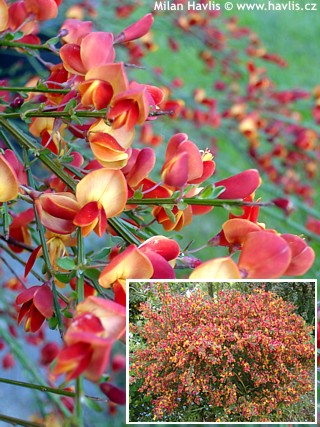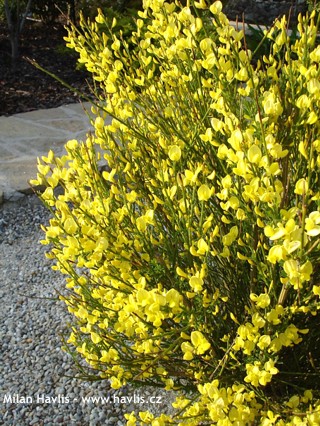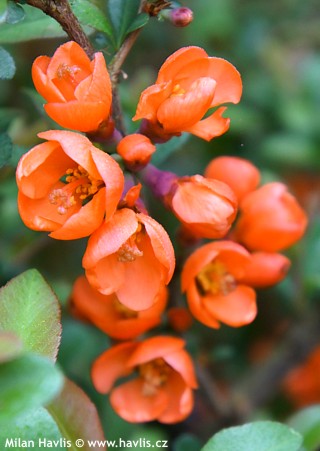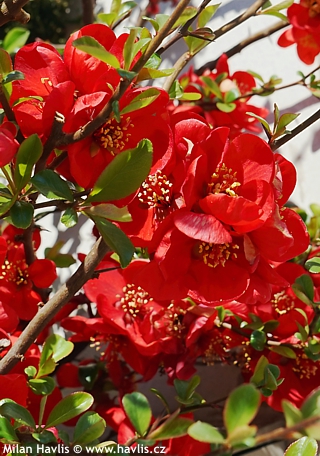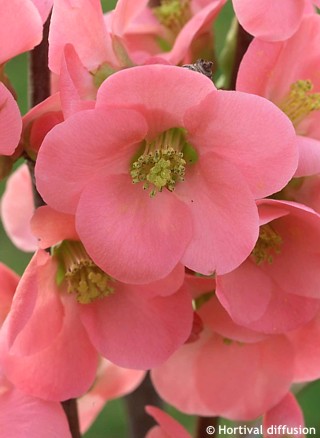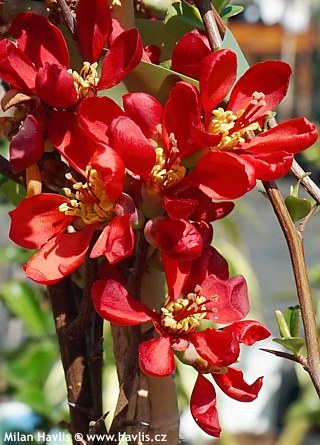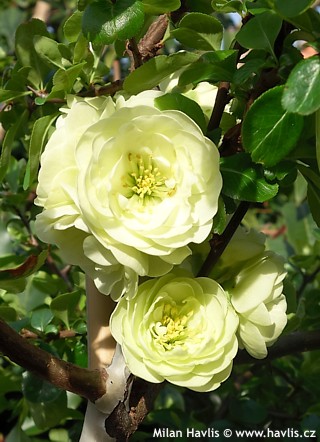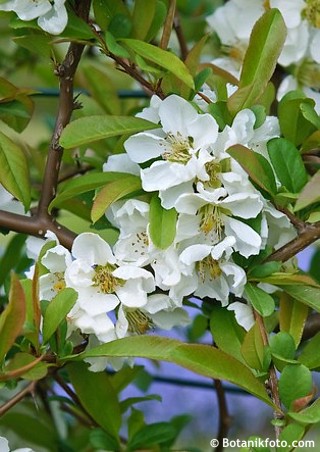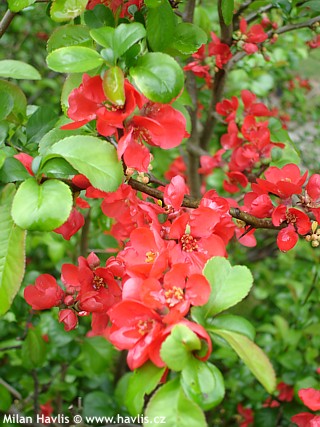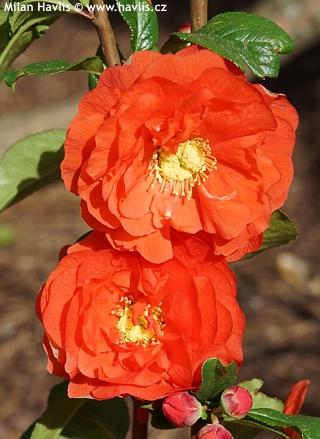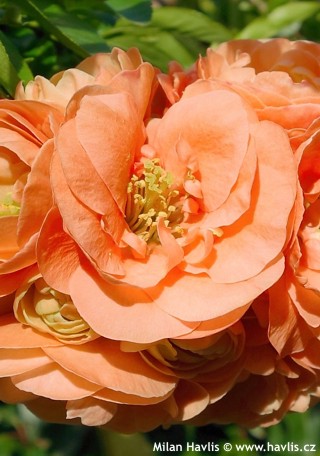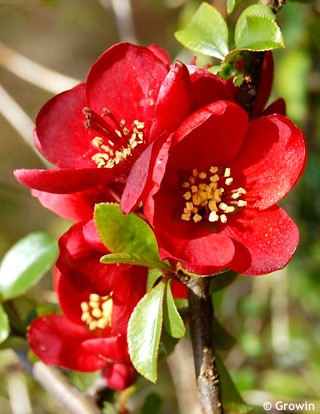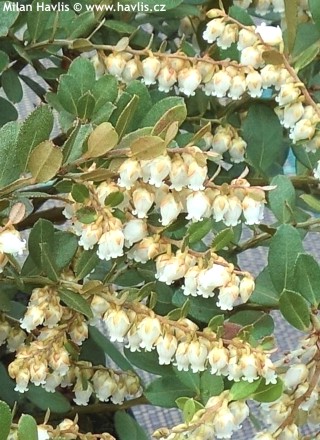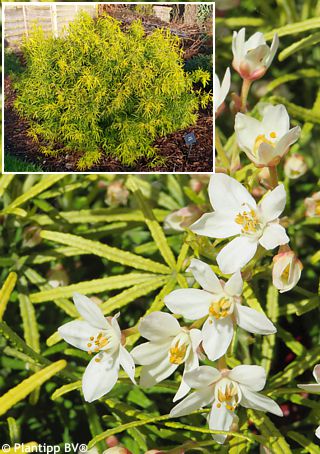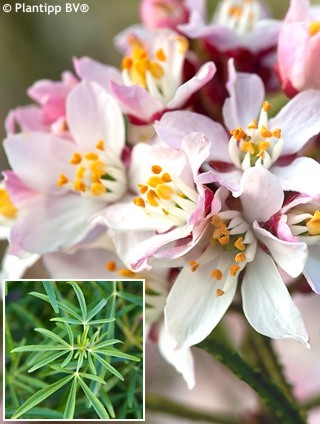CURRENTLY IN STOCK:
Marsh marigold is our native perennial, naturally occurring from Central to North Europe as well as in North America and North Asia. It loves boggy and constantly moist locations in full sun. It is very variable and during a spring walk you can find several plants of slightly different appearance, y ...

III - V

0,2 - 0,4m

0,3 - 0,6m

full sun

5 (down to -29°C)

for zone 5+6

for zone 7
Aphrodite is a beautiful, large-flowered sweetshrub hybrid between c.chinensis and c.occidentalis. The flowers are often compared to magnolias - both in shape and size. They are 7-9 cm across, rich crimson to burgundy red, and appear with the first hot days of May, and continue blooming until late J ...

V - VIII

3 - 4m

2 - 3m

full to partial sun

7 (down to -23°C)

for zone 5+6

for zone 7
This easy to grow shrub has many names and all of them say something about the beautiful perfume of the flowers: sweetshrub, strawberry shrub, or even pineapple shrub. They really smell like a few types of fruit: strawberry, apple, and even melon. Sweetshrub is native to much of the eastern USA and ...

V - VI

1,5 - 2,5m

1 - 1,5m

full sun

5 (down to -29°C)

for zone 5+6

for zone 7
Arctic Dawn is an autumn flowering camellia bred by dr. Ackerman. It is a cross between a very hardy species camellia oleifera (cv. Lu Shan Snow) and camellia ‘November Pink’. It produces large, 10-12 cm across, semi-double to peony double, coral pink flowers with yellow stamens in the c ...

X - III

2 - 3m

1 - 1,5m

semi-shade to shade

6b (down to -21°C)

for zone 5+6

for zone 7
Black Lace is an older and proved variety of hardy camellia, in fact one of the best reds available. Its is a hybrid of c.reticulata and c.williamsii and has so far withstood -20°C. Its fully double, dahlia-like flowers are rich red, and bloom from early April for 6 to 8 weeks if the plant has enoug ...

IV - V

1,5 - 3m

1,5 - 2,5m

semi-shade to shade

7 (down to -23°C)

for zone 5+6

for zone 7
Ice Follies is a spring flowering hardy camellia from dr. Ackerman that first flowered in 1984 and was registered in 1992. It is a cross between c. x williamsii ‚November Pink‘ and c. oleifera. It produces large, 10-12 cm across, semi-double flowers. They are soft pink with a bit darker ...

IV - V

2 - 3m

1,3 - 1,5m

semi-shade to shade

7 (down to -23°C)

for zone 5+6

for zone 7
Pink Icicle is a showy, large-flowered hybrid camellia bred by dr. Ackermann from the United States National Arboretum. Its semi-double, soft pink flowers are 11 cm across, and open in April for 6-8 weeks. Leaves are evergreen, obovate, gently serrated at margins, deep green, and glossy. It grows fa ...

IV - V

1,8 - 2,5m

1,3 - 1,8m

semi-shade to shade

6b (down to -21°C)

for zone 5+6

for zone 7
Spring Festival is one of the most valued hardy camellia hybrids (cuspidata hybrid) with double, pink flowers. They are not very large but appear in profusion from early April for 6 to 8 weeks if the plant has enough buds. These are formed from the previous year and need as long as half a year to ma ...

IV - V

1,5 - 3m

1 - 1,5m

semi-shade to shade

6b (down to -21°C)

for zone 5+6

for zone 7
Spring Frill is a spring flowering hardy camellia from dr. Ackerman that first flowered in 1985 and was registered in 1992. It is a cross between c. oleifera ‚Plain Jane‘ and c. vernalis ‚Egao‘. It produces large, 10-12 cm across, rose-like, double flowers with 34 frilled, ro ...

IV - V

2 - 3m

1,3 - 1,5m

semi-shade to shade

7 (down to -23°C)

for zone 5+6

for zone 7
Showa-no-sakae is a winter camellia variety which is often classified as Camellia sasanqua. Its pretty flowers are small to mid-sized (6-8 cm), peony-like, semi-double to fully double, medium to deep pink. It begins to bloom according to the maturity of the buds and the weather conditions, usually f ...

I - XII

2 - 3m

1,5 - 2m

semi-shade to shade

6b (down to -21°C)

for zone 5+6

for zone 7
Adeyaka means Fascinating in Japanese, and the name was aptly chosen for this special Japanese camellia. It produces uniquely bell-shaped (but not nodding) flowers, 6-8 cm across when fully open, revealing multiple yellow stamens in the centre. The colour is rich velvet red, and flowers appear from ...

III - V

1,5 - 3m

1,5 - 2m

semi-shade to shade

7 (down to -23°C)

for zone 5+6

for zone 7
Alba Simplex is a spring flowering hardy camellia whose origin, despite the availability of multiple historical sources, is rather uncertain. One source claims that it comes from China but does not support it with any further details. Another source says it comes from Germany, registered in 1816, an ...

III - IV

2 - 3m

1,5 - 2m

semi-shade to shade

7 (down to -23°C)

for zone 5+6

for zone 7
Fire and Ice, or Fire’n’Ice is a rock’n’roll among hardy Japanese camellias, and possibly the largest flowering double, red, hardy camellia so far. Its flowers are 9-10 cm across, semi-double or fully double with shorter sepals, rich red with yellow stamens in the centre. Flo ...

III - IV

1,5 - 3m

1,5 - 2m

semi-shade to shade

7 (down to -23°C)

for zone 5+6

for zone 7
Kimberley is another old Japanese camellia variety from early 20th century, and awarded AGM by RHS in 1934. It produces beautiful, cup-shaped, rich scarlet red blossoms with a crown of yellow stamens. Flowering begins in April and continues for 6-8 weeks. Leaves are evergreen, narrowly obovate, gent ...

IV - V

2,5 - 3,5m

1,3 - 1,5m

semi-shade to shade

6b (down to -21°C)

for zone 5+6

for zone 7
Kingyo-tsubaki is another collectible gem among Japanese camellias. It was first described in Shirai-Bunko from 1789 and has so far received many names. Translation of its accepted Japanese name means goldfish camellia because its leaves are conspicuously divided at the apex into 3 tips, just like a ...

I - IV

1,5 - 2,5m

1,5 - 2,5m

semi-shade to shade

8 (down to -18°C)

for zone 5+6

for zone 7
Kuro Delight is a spring flowering hardy camellia from dr. Ackerman, perhaps the darkest red among the hardy varieties. It is a seedling of c. japonica ‚Kuro-tsubaki‘ x ‚Variety Z‘ that first flowered in 1987 and was registered in 1999. It makes medium-sized, 8-10 cm wide, se ...

IV - V

2 - 3m

1,3 - 1,5m

semi-shade to shade

7 (down to -23°C)

for zone 5+6

for zone 7
Sanpei-tsubaki is a gentle companion of commonly showcase Japanese camellias. It originated in Japanese prefecture Aichi in 1966 and was named after Mr. Sanpei Oguri, jr. (tsubaki means camellia). Its flowers are rather small but very handsome. They single, anemone-like, 6 or 7-petalled, rose pink w ...

I - IV

1 - 1,5m

1 - 2m

semi-shade to shade

8 (down to -18°C)

for zone 5+6

for zone 7
Mariël Red Bells is an exquisite nettle-leaved bellflower hybrid producing large, 3-4 cm long, chubby, campanulate flowers. They are rich magenta pink and nodding. Compared to the small leaves they look as if they did not belong there and were glued to the stems. Leaves are deciduous, small, medium ...

V - VI

0,2 - 0,3m

0,2 - 0,3m

full to partial sun

5 (down to -29°C)

for zone 5+6

for zone 7
Pea tree is a low-maintenance plant which is also often grown in very inhospitable locations because it can take almost anything: hard frost, dry soil, full sun, wind and absolute neglect.
Walker is a variety commonly grafted on short or medium-sized stems with weeping branches. Its deciduous leav ...

V - VI

1 - 2,5m

0,5 - 1,3m

full sun

2 (down to -45°C)

for zone 5+6

for zone 7
Pendulous sedge is another beauty in this large sedge family. It is an evergreen grass whose native habitat covers almost all parts of Europe from Portugal to Sweden and can also be found in hot areas such as the Azores, northwest Africa, and even the near Middle East. Nowadays, you can also find th ...

V - VI

0,4 - 2m

0,4 - 1m

full sun to shade

4 (down to -34°C)

for zone 5+6

for zone 7
Eastern redbud is a lovely, deciduous, small tree or a large shrub where the word “love” is the key feature. Why? Because its leaves are in a perfect shape of a heart that we are used to draw as an icon. Moreover, Forest Pansy variety has burgundy red to deep burgundy brown foliage. If p ...

IV - V

2 - 4m

2 - 4m

full sun

5 (down to -29°C)

for zone 5+6

for zone 7
Lavender Twist® is a fantastic variety of eastern redbud with weeping, slightly twisted branches. With age the crown makes a unique shape comparable to some Japanese maples. Leaves are large, mid green, typically heart-shaped. Small, purple-pink to lavender-pink flowers are produced in abundanc ...

IV - V

1 - 2m

1 - 3m

full to partial sun

5 (down to -29°C)

for zone 5+6

for zone 7
Ruby Falls is undoubtedly one of the darkest coloured little trees that will grab your attention thanks to its dark burgundy red, typically heart-shaped, approximately 8x10 cm large leaves and a weeping habit. Its crown is quite compact and the branches may soon touch the ground unless pruned on reg ...

IV - V

1 - 2m

1 - 2m

full sun

7 (down to -23°C)

for zone 5+6

for zone 7
RISING SUN™ is an American variety of Eastern redbud found by Ray and Cindy Jackson for their Jackson Nursery in Belvidere, Tennessee, as a chance seedling. It boasts large, 10-14 cm long and wide, broadly heart-shaped leaves which emerge bright golden or orange while older leaves are bright y ...

IV - V

2 - 4m

2 - 4m

full to partial sun

5 (down to -29°C)

for zone 5+6

for zone 7
Avondale is a Chinese redbud that comes from New Zealand and is said to be the most profusely flowering redbud ever. From the first hot days of spring small, deep pink, pea-like flowers appear on bare wood, opening from buds that overwintered from the previous season. Flowering lasts for as long as ...

IV - V

1,5 - 3m

1,5 - 2,5m

full sun

7 (down to -23°C)

for zone 5+6

for zone 7
Judas tree is a rather special plant with profusion of beautiful, bright pink flowers in mid spring. They are small, pea-like, and so special due to their appearance on bare wood and even the main stems, however large and old they are. For prolific flowering the plant needs a hot and sunny summer in ...

IV - V

4 - 7m

3 - 5m

full sun

7 (down to -23°C)

for zone 5+6

for zone 7
Miss Bateman is a gorgeous clematis variety with large white flowers decorated with even more beautiful crown of deep wine red stamens and anthers in the centre. Profuse flowering begins in mid May and continues until late June. And get ready for the second flush of slightly smaller flowers in late ...

V - VI

2 - 2,5m

1 - 1m

full to partial sun

4 (down to -34°C)

for zone 5+6

for zone 7
Clematis Pamina originated in England and was bred by Colin and Pamela Terrry in 1993 but introduced to market only in 2004. It bears large flowers (18-20 cm across) with purple red tepals decorated with a thick white brim. The first flowering begins in May and continues for 4-6 weeks, and the secon ...

V - VI

2 - 2,3m

full sun

4 (down to -34°C)

for zone 5+6

for zone 7
Creeping dogwood originates in North America (N. USA and Canada), Greenland, and N. Asia. It is a tough, rhizomatous perennial which forms a beautiful carpet of attractive foliage and flowers.
Being a dogwood, its true flowers are inconspicuous, tiny and composed in small, spherical heads. But the ...

V - VI

0,2 - 0,2m

semi-shade to shade

2 (down to -45°C)

for zone 5+6

for zone 7
This giant dogwood has another name which, in my opinion, characterizes the plant much better = wedding cake tree. Looking at the habit of the more commonly grown cultivar Variegata one knows exactly what it means. This beauty can easily become a show-stopping specimen in a garden of literally any s ...

IV - V

3 - 5m

2 - 3m

full sun

5 (down to -29°C)

for zone 5+6

for zone 7
Cherokee Daybreak® has 4 large, creamy white bracts around a tiny flower head. Leaves are mid green with yellowish-white varigation that turns pink towards the end of summer. Autumn leaves show multiple of colours with prevailing purple shades.
This shrub does not like stress of any kind. Find ...

IV - V

2 - 4m

full to partial sun

5 (down to -29°C)

for zone 5+6

for zone 7
Benifuji is a Japanese dogwood variety which in this case originated in Japan, near Mount Fuji. It was found among selected seedlings in Shinkyo Gotenba-shi nursery already in 1970, still, its patent was released only in 1994 (PP8,676).
Benifuji (or Beni Fuji) is a Japanese dogwood with the deepest ...

V - VI

2,5 - 3,5m

1,5 - 2,5m

full sun

5 (down to -29°C)

for zone 5+6

for zone 7
Teutonia is another extraordinary Japanese dogwood which, apart from its ornamental features, is valued mostly for its exquisite fruit. It is produced from small spheres, composed of tiny flowers that open from late May or early June. The showy parts are four surrounding bracts. They are broadly lan ...

V - VI

1,5 - 3m

1,5 - 3m

full to partial sun

5 (down to -29°C)

for zone 5+6

for zone 7
This Japanese dogwood has both large leaves and flowers. It flowers in June when the shrub is fully in leaf. The flowers are 6-8 cm wide, creamy white flower composed around small flower heads. They are followed by edible, bright pink fruit that looks like litchi. Pointed leaves are deciduous, ovate ...

V - VI

2 - 3m

2 - 3m

full to partial sun

5 (down to -29°C)

for zone 5+6

for zone 7
Bloodtwig dogwood is a low-maintenance shrub that is popular especially in parks and gardens with reduced time for regular care.
Its main attraction are beautifully coloured leafless branches in winter. This variety shows glowing orange at the base to vivid red and purple towards the top of new, se ...

V - V

1 - 1,5m

1 - 1,3m

full sun to shade

4 (down to -34°C)

for zone 5+6

for zone 7
European hazelnut is a well-known shrub of European woodlands which is popular mainly for its fruit - nuts. It is a suckering, thicket-forming shrub with numerous upright stems. As it is a dense and large shrub it is commonly used as a screening plant. It will also make a wild hedge which should be ...

II - III

2 - 4m

2 - 4m

full to partial sun

4 (down to -34°C)

for zone 5+6

for zone 7
Hazel is a well-known shrub of European woodlands which is popular mainly for its nuts.
It is a suckering, thicket-forming shrub with numerous upright stems. As it is a dense and large shrub it is used as a screening plant. It will also make a wild hedge which should be controlled if required compa ...

II - III

2 - 4m

full to partial sun

4 (down to -34°C)

for zone 5+6

for zone 7
Contorta is a contorted version of our European hazelnut. It was found as a spontaneous mutation of a branch in a hedge in Tortworth, England, in the middle of 1800’s by a Victorian gardener Canon Henry Nicholson Ellacombe. Enthusiastically and willingly he cut off a twig brought it to his fri ...

II - III

2 - 3m

2 - 3m

full to partial sun

4 (down to -34°C)

for zone 5+6

for zone 7
Filbert is a hazelnut species from S.E. Europe and S.W. Asia and exhibits a vigorously growing many-stemmed shrub with deciduous leaves. Purpurea is an old variety with deep maroon to near black leaves. They are 5-12 cm long, 4-10 cm wide, and during summer the colour of maturing leaves changes to d ...

II - III

3 - 6m

3 - 6m

full sun

4 (down to -34°C)

for zone 5+6

for zone 7
Carrièrei hawthorn differs from the original hybrid by a much more profuse blooming and therefore a magnificent display of fruit in autumn. It is a small to mid-sized tree whose leaves, though deciduous, remain on the tree much longer than on other deciduous trees. So no wonder that many garden ...

V - VI

3 - 5m

2 - 4m

full to partial sun

4 (down to -34°C)

for zone 5+6

for zone 7
Splendens hawthorn is undoubtedly one of the most beautiful trees of northern hemisphere not only among hawthorns. It is valued for its lush, glossy foliage and a profusion of red berries. Leaves are deciduous, broadly elliptic, serrated at margins, dark green in spring and summer, and take on vibra ...

V - VI

4 - 7m

3 - 4m

full to partial sun

4 (down to -34°C)

for zone 5+6

for zone 7
Lena is a very attractive variety of broom that bears small, pea-like flowers that are soft red outside and vivid golden-yellow inside. This combination looks striking and at the same time pleasant thanks to warm colour tones. Blooming time is early May to early June. Leaves are small, deciduous, mi ...

V - V

0,5 - 1,5m

0,5 - 1,5m

full sun

5b (down to -27°C)

for zone 5+6

for zone 7
Pink Storm is a pink flowering variety of Chinese flowering quince from the DOUBLE TAKE™ series. From early spring it makes large, 4-6 cm across, semi-double, crepe-myrtle-like, pink flowers with partially frilled margins. They commonly open in the first decade of April, however, if the winte ...

IV - V

1,5 - 2m

1,5 - 2m

full to partial sun

5 (down to -29°C)

for zone 5+6

for zone 7
Scarlet Storm is a unique variety of Chinese flowering quince from the DOUBLE TAKE™ series. From early spring it makes large, 5-6 cm across, semi-double, camellia-like flowers of rich red color, decorated with yellow stamens in the centre. They commonly open in the first decade of April, howe ...

IV - V

1,5 - 2m

1,5 - 2m

full to partial sun

5 (down to -29°C)

for zone 5+6

for zone 7
Pink Lady is a hybrid variety of Japanese quince, a cross between ch.japonica and ch.speciosa with large, pink flowers which usually open from mid April. However, if the winter is warm you can see numerous buds opening already in March. The shrub flowers for 4-6 weeks, well into early May when leave ...

IV - V

1 - 1,5m

1 - 1,5m

full to partial sun

5 (down to -29°C)

for zone 5+6

for zone 7
Fringe tree is a very rare and beautiful small shrub or small tree. In early summer it has profusion of upto 20 cm long pendent panicles of fragrant, shiny snow-white, narrow flowers. Female plants produce bluish black berries, however, usually only male plants are sold in nurseries.
Mid to deep g ...

V - VI

1,5 - 3m

1,5 - 3m

full sun

4 (down to -34°C)

for zone 5+6

for zone 7
This variety called Aztec Pearl was bred by Peter Moore and introduced in 1989, when Hiller Nurseries celebrated their 125th anniversary. Its name perfectly describes this evergreen plant from the moment it begins to show flower buds. They are pearl-shaped, very light pink, and open into simple, sta ...

V - VI

1 - 2m

1 - 2m

full to partial sun

7 (down to -23°C)

for zone 5+6

for zone 7
AZTEC GOLD is a Hillier Nurseries introduction from 2012, bred by Alan Postill. It is a bright golden-yellow-leaved choisya shrub. It produces profusion of simple, star-shaped, pure white, and very fragrant flowers with yellow stamens from late April until early June. Their perfume is very similar t ...

V - VI

0,8 - 1,3m

1 - 1,5m

full to partial sun

7 (down to -23°C)

for zone 5+6

for zone 7
Possibly every plant is capable of creating its gold-leaved mutation. No wonder Peter Moore helped choisya with this process when crossing choisya ternata Sundance with choisya arizonica pollen. It was named GOLDFINGERS and was registered in 1998 i.e. 14 years before Hillier Nurseries introduced the ...

V

1 - 1,3m

1 - 1,5m

full sun

7 (down to -23°C)

for zone 5+6

for zone 7
GREENFINGERS® is a large-leaved Mexican orange variety from 2019, developed by Peter Catt from Liss Forst Nursery in Liss, Hamshire, England. It bears evergreen, softly leathery, glossy, palmate leaves divided into 7 leaflets, which have a distinct, spicy aroma when crushed, but do not use them ...

V

1 - 2m

1 - 2m

full sun

7 (down to -23°C)

for zone 5+6

for zone 7
WHITE DAZZLER is a follow-up choísie to Aztec Pearl from Peter Moore, introduced in 1991. It produces masses of simple, star-shaped, pure white, and very fragrant flowers with yellow stamens in May and June. Their perfume is very similar to orange flowers hence its name Mexican orange or Mexican bl ...

V - VI

1 - 2m

1 - 1,5m

full sun

7 (down to -23°C)

for zone 5+6

for zone 7












